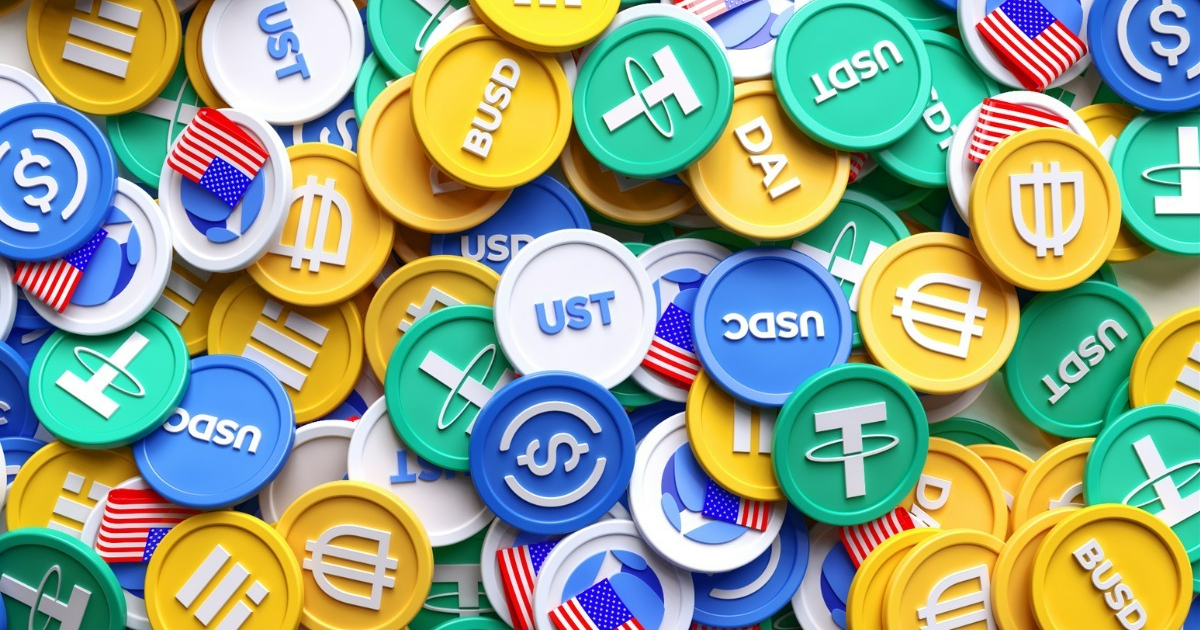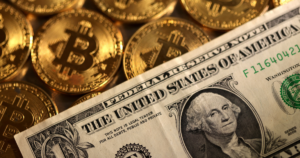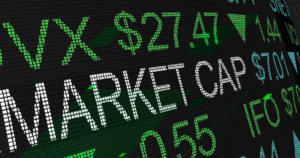What is a stablecoin, and what makes it unique? Stablecoins are different because they are more predictable in investments within the crypto world compared to Bitcoin and other volatile cryptocurrencies. These digital currencies, come with a fixed value, and they are linked to stable assets such as the US dollar or euro. In other words, think of them as digital currencies run within the ecosystem of cryptocurrencies.
Key-takeaways:
- Digital currencies that are pegged to real-world assets, such as the US dollar, are known as stablecoins.
- These two exist – asset backed stablecoins that support real reserves and algorithmic stablecoins based on a tech solution to ensure stability.
- Often safer than other cryptocurrencies, stablecoins are not without security, reserve management, and market confidence risks too.
What is a Stablecoin in crypto and How does it work?
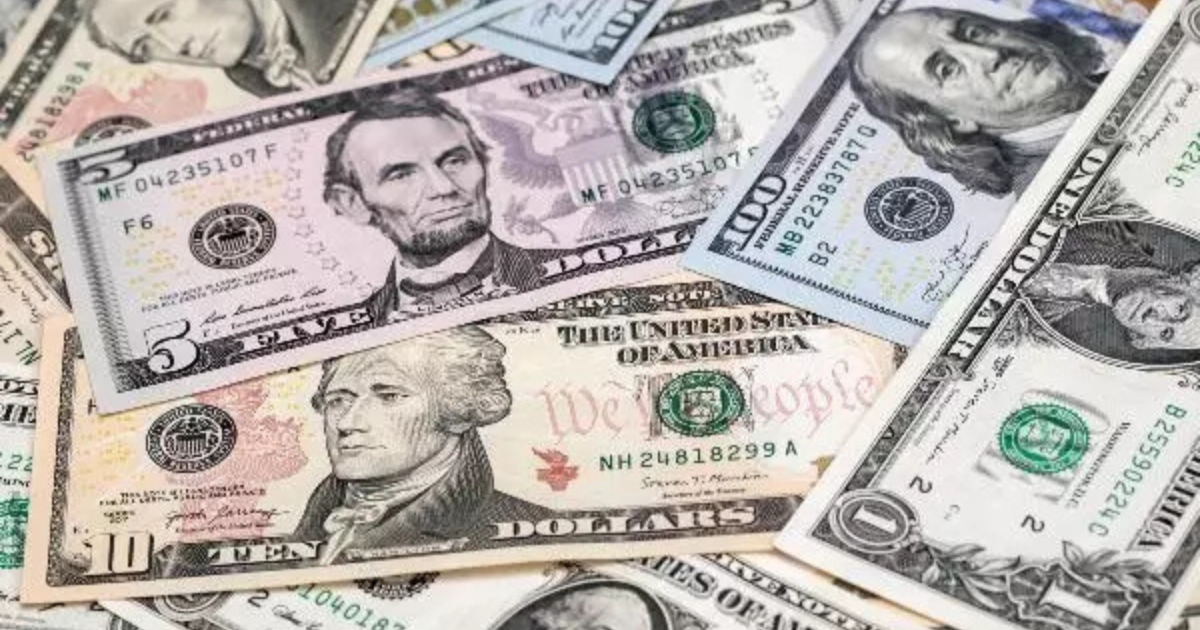 The idea behind almost all stablecoins is that every one of them is worth about one unit of a real world currency, usually the US dollar. Most stablecoin providers either keep actual assets in reserve (assets that hold the exact equivalent value of the digital coins they represent), or use outside parties to guarantee the value of the digital coins they provide. For example, a company might store $100 million to support 100 million coins worth $1 each. The system ensures that the coin’s stability is maintained, and it enables users to sell whenever they like.
The idea behind almost all stablecoins is that every one of them is worth about one unit of a real world currency, usually the US dollar. Most stablecoin providers either keep actual assets in reserve (assets that hold the exact equivalent value of the digital coins they represent), or use outside parties to guarantee the value of the digital coins they provide. For example, a company might store $100 million to support 100 million coins worth $1 each. The system ensures that the coin’s stability is maintained, and it enables users to sell whenever they like.
In today’s market, there are 2 main types of stablecoins. Stablecoins are backed by real money or real money that are assets backed by stablecoins. Algorithmic stablecoins, in the meantime, maintain a complex technical method to keep prices stable while controlling supply. Unfortunately, however, algorithmic versions involve more risks because there is no physical backup.
Tether (USDT) leads the market with $116 billion market value (August 2024). Dai falls behind USD Coins with $35 billion, while it stands at just over $5 billion. Though now these numbers signal growing trust in stablecoins, they are quite a bit smaller than Bitcoin’s $1.2 trillion market cap.
Benefits in Stablecoin Crypto Trading
 Many use them as a safe harbour when moving between different cryptocurrencies. Traditional banks don’t function 24X7, but they work around the clock, making them suitable for global trade. Stablecoins also help to stabilize smart contracts.
Many use them as a safe harbour when moving between different cryptocurrencies. Traditional banks don’t function 24X7, but they work around the clock, making them suitable for global trade. Stablecoins also help to stabilize smart contracts.
Stablecoins appear safer than the other cryptocurrencies out there, but they have their own challenges to deal with. There is no doubt in digital wallets and exchanges involving security due to breaches and attacks. Stablecoin organizations need to correctly manage their reserves. A stablecoin that has no backing can crash, as we saw in 2022 with TerraUSD.
Checking Stablecoin Safety
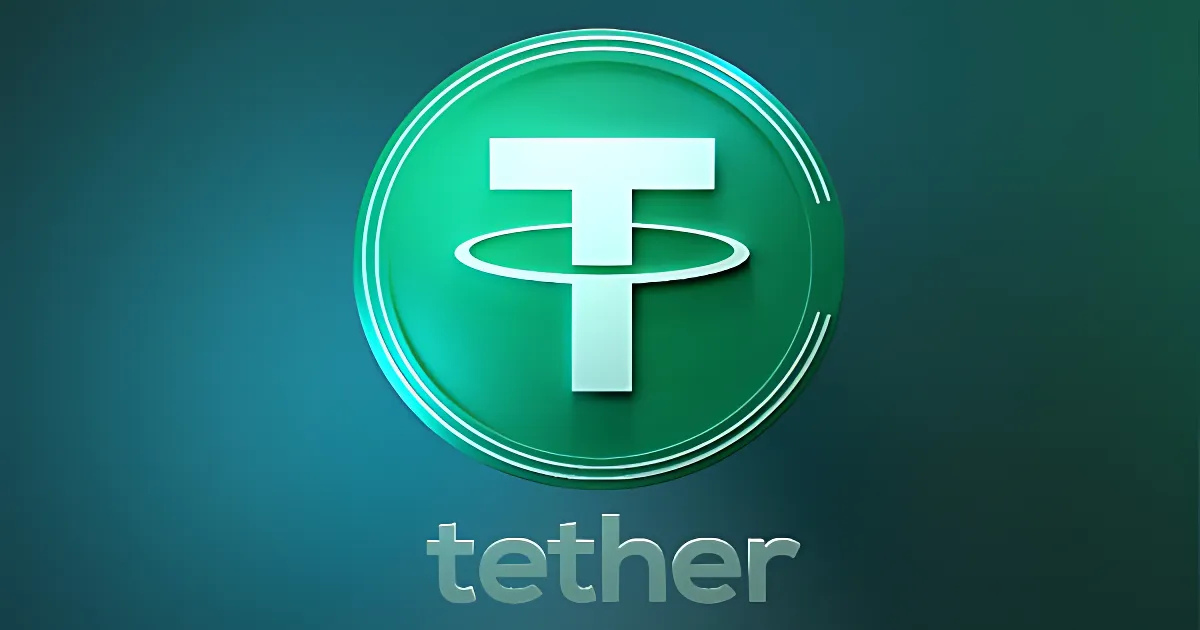 They provide evidence of what really lies behind the digital currency. Tether’s latest report shows that most of its reserves are in US Treasury bills, for example. This, however, includes investments that have volatile assets, such as Bitcoin and precious metals.
They provide evidence of what really lies behind the digital currency. Tether’s latest report shows that most of its reserves are in US Treasury bills, for example. This, however, includes investments that have volatile assets, such as Bitcoin and precious metals.
Stablecoins grow in influence, and new attention is now paid by government officials. Potential risk to financial stability is seen by the Treasury Department. Moreover, regulators demand more oversight and clearer rules about reserve requirements. How stablecoins will operate in future years may be influenced by these changes.
Conclusion: What is a Stablecoin and its importance towards investors?
Stablecoins bridge the traditional world and the crypto world. But they are a stable investment in an unstable market, requiring consideration before plunging in. Knowing their backing, risks, and regulations means being able to make decisions utilizing these digital assets with informed knowledge. It’s also important to remember that the only US dollars that are universally accepted for goods and services are physical dollars.





